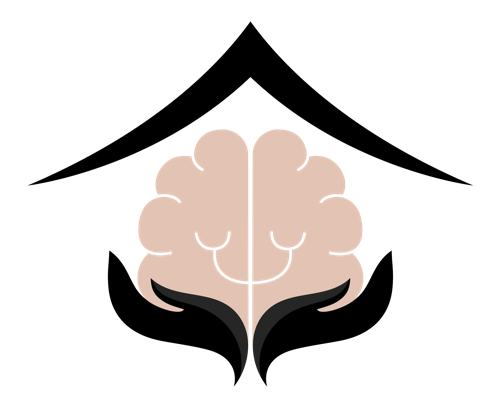As the field of mental health treatments continues to evolve, ketamine has emerged as a promising alternative for patients dealing with conditions like depression, anxiety, and PTSD. At Safe Haven Health, we are committed to offering innovative solutions that prioritize the well-being of our patients, and we’re excited to announce the introduction of a new treatment option—ketamine nasal spray. In this article, we will delve into the details of nasal ketamine, explore its pros and cons, and compare the intranasal route to sublingual ketamine administration.
What is Nasal Ketamine?
Nasal racemic ketamine is a form of ketamine administered through a nasal spray. It’s a racemic mixture, meaning it contains equal amounts of two enantiomers, or mirror-image forms, of the ketamine molecule. This allows for a broad range of effects, potentially optimizing the treatment of conditions like depression and anxiety. Keep in mind that this is different from Spravato (esketamine), which only contains one enantiomer that has been isolated and approved for medical use. The FDA approved Spravato on March 5, 2019. Spravato requires in-person administration at a clinic.
Pros of Nasal Racemic Ketamine
Easy to Administer
One of the most significant advantages of nasal racemic ketamine is its ease of administration. The nasal spray is portable and straightforward to use, making it an excellent option for at-home treatment under professional supervision.
Rapid Onset
Intranasal administration allows for quick absorption through the nasal mucosa, leading to a faster onset of effects compared to other routes of administration.
Lower Dose Required
Due to the direct pathway to the bloodstream through the nasal mucosa, lower doses of ketamine are often effective, reducing the risk of side effects.
Minimal Invasion
The treatment is non-invasive and eliminates the need for needles, which is particularly beneficial for individuals who have a fear of injections.
Cons of Nasal Racemic Ketamine
Variable Absorption
The effectiveness of the treatment can vary depending on factors like nasal congestion, potentially requiring dosage adjustments.
Potential for Misuse
As with other forms of ketamine, there is a risk of misuse or abuse. Therefore, it’s essential to use this treatment option under professional supervision.
Cost
Nasal sprays can be more expensive than other forms of ketamine, making them less accessible for some patients.
Intranasal vs. Sublingual Ketamine: A Comparison
Intranasal Administration
- Onset of Effects: Rapid, often within minutes.
- Ease of Use: Generally easier to administer.
- Dosage: Lower doses are typically required.
- Cost: May be more expensive due to formulation.
- Suitable For: Quick relief and ease of use, ideal for at-home treatment under supervision.
Sublingual Administration
- Onset of Effects: Slower, usually takes 15-30 minutes.
- Ease of Use: Can be cumbersome for some as it involves holding the medication under the tongue.
- Dosage: May require higher doses to achieve desired effects.
- Cost: Often more cost-effective.
- Suitable For: Those who prefer or require a more gradual onset of effects and are comfortable with the sublingual method.
Conclusion
Nasal ketamine offers a versatile, effective, and convenient option for treating various mental health conditions. While it comes with its set of pros and cons, it expands the choices available to patients, allowing for a more personalized treatment plan. By comparing the intranasal and sublingual routes, you can make an informed decision about which method best suits your needs. At Safe Haven Health, we’re committed to guiding you through your journey toward improved mental well-being.
For more information on our treatment options, including nasal racemic ketamine, feel free to reach out to our team of experts.



